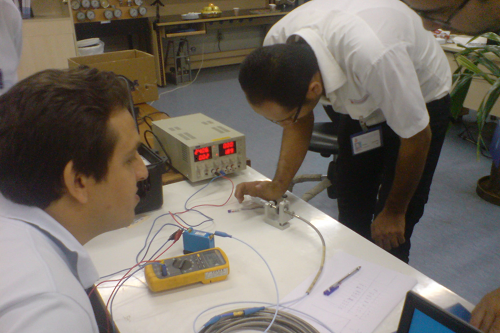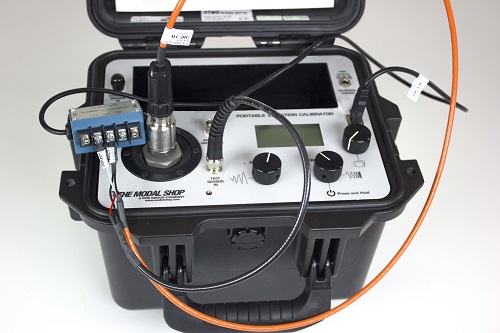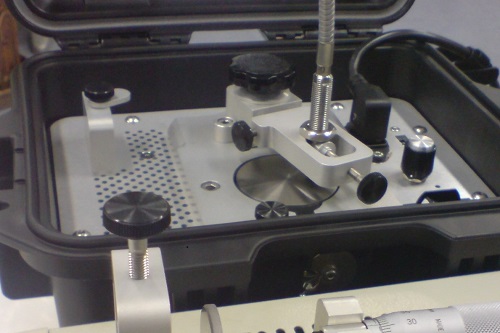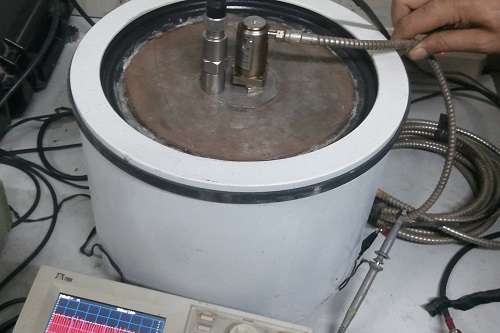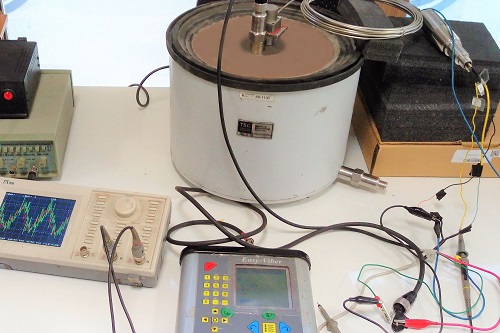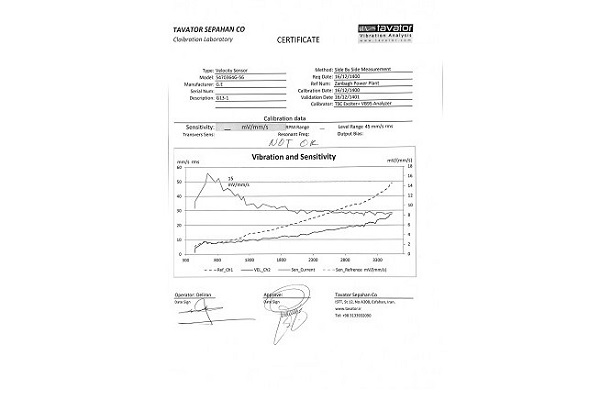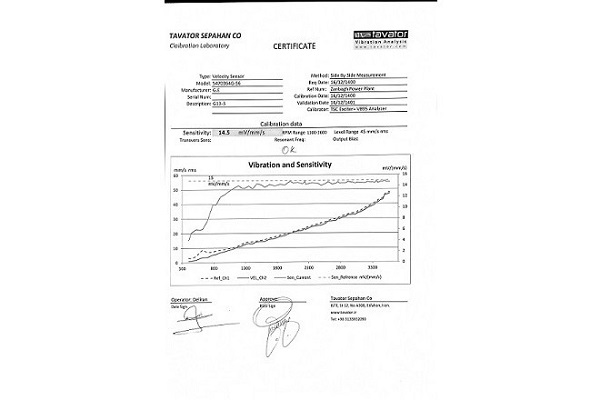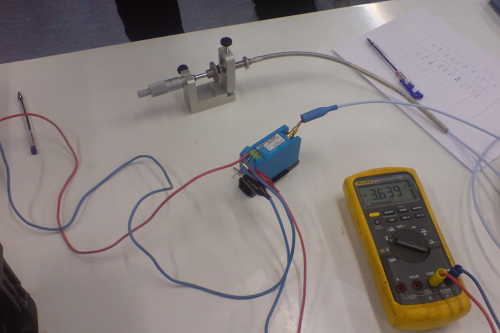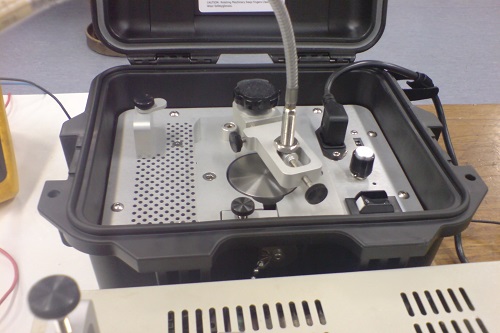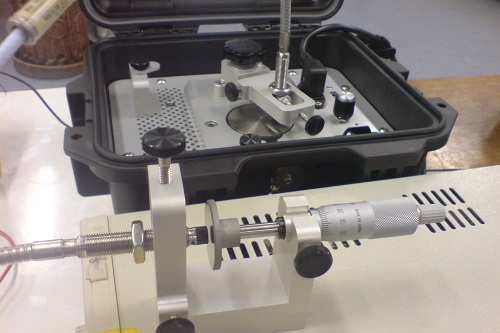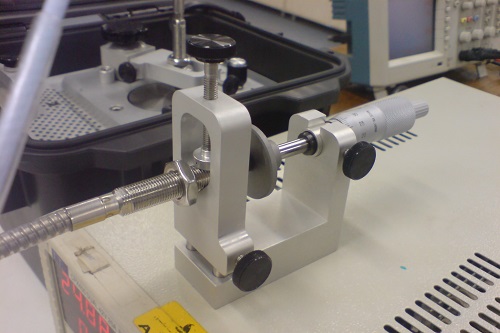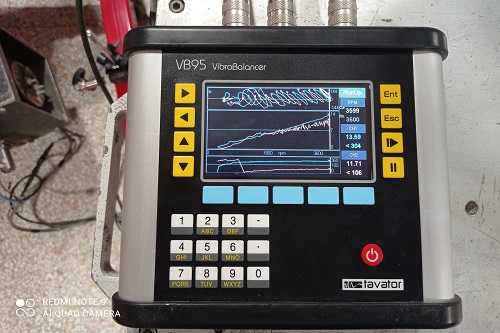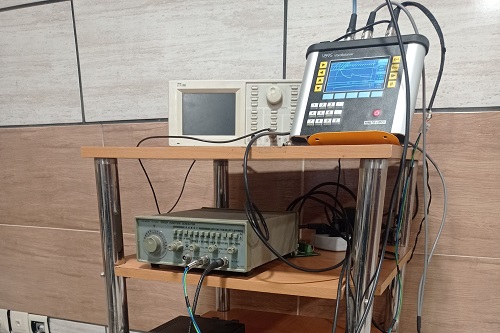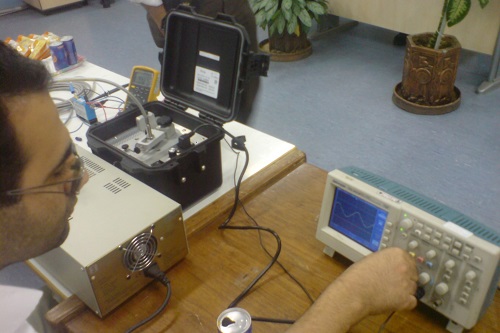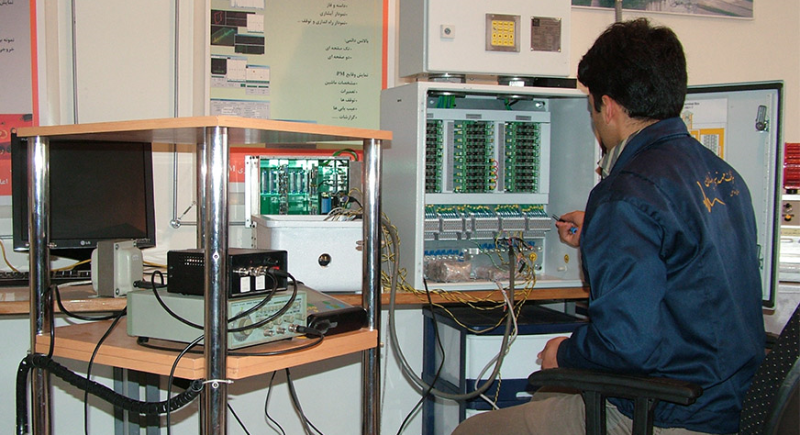
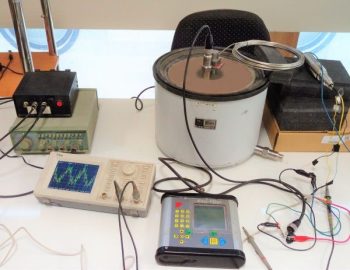
Calibration of body sensors
Calibration of body sensors including accelerometers and speedometers is done by shaker and vibration controller. In this test, the frequency response of the sensor is measured for the frequency range of the desired function. Usually, these types of sensors do not have the possibility to change the sensitivity and cannot be calibrated for the defined sensitivity, but their sensitivity can be measured at different frequencies. The result of the test is whether the sensor is acceptable or not. And of course, the sensitivity of the sensor is measured and displayed at different frequencies.
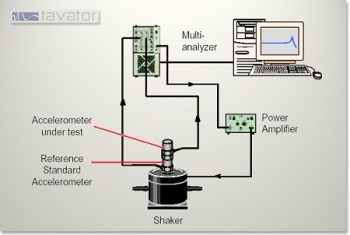
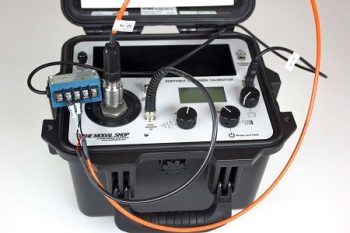
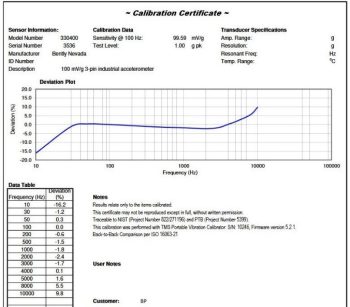
Test methods
The best way to measure the sensitivity of these sensors is to install them back to back with a special calibration sensor and use a separate controller, shaker, and analyzer. In the absence of a special calibration sensor, an alternative reliable sensor and vibrometer can be used.
In another method, the reference vibration measurement is done by the calibration shaker itself, and the output should be measured with a monitor or voltmeter. This method can be done on the site and does not require any additional equipment.
Usually, these calibrators have the ability to connect to a computer and can provide confirmation of calibration results automatically
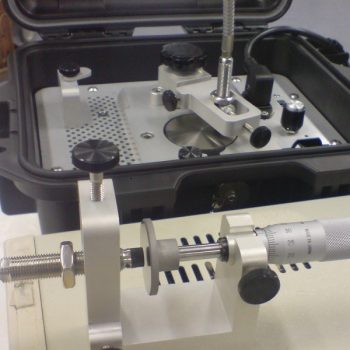
Calibration of non-contact sensors – proxy
Since the proxy sensors have both DC and AC output together, the calibration of the proxy sensors includes two static and dynamic test parts. Installation of these types of sensors should be done with higher accuracy than contact sensors.
1 In the static test, the DC output of the sensor is recorded by a voltmeter for different distances of the sensor head from the target (substitute shaft) and the sensitivity diagram of the sensor is drawn and calculated according to these values. 2. In this diagram, the non-linear area below and above the sensor is also defined.
3. In the dynamic test, the AC output of the sensor is measured by a vibrometer for the sinusoidal movement of the target plate (instead of the shaft) with a predetermined range and compared with the original value.
The calibrator of this type of sensors is known as the TK3 device.
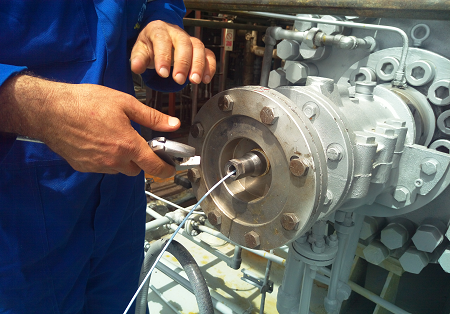
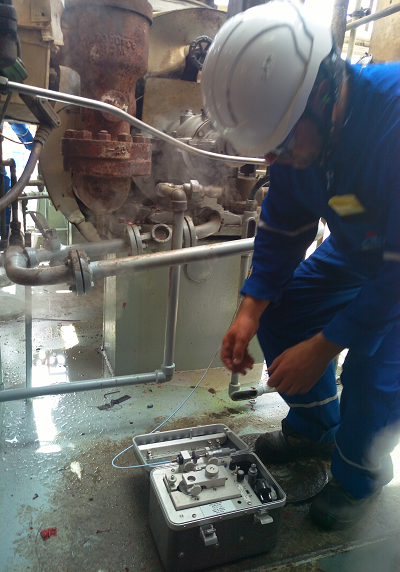
On-site calibration – loop check
In the warm check loop, the sensor vibration measurement systems are opened from the installation site and closed on the shaker (for body sensors) or on TK3 (for proxies). By creating a vibration with a certain frequency and amplitude, the desired value should be read on the monitor of the control room and compared with the value of the shaker. Usually up to 2% of the line is acceptable.

Reference
books
download software
Current seminars
Scientific and research
town of Isfahan
Vibration Training
Guide to training courses
educational calendar
services
condition monitoring
Field Balancing
Shop Balancing
Machinery Alignment
Vibration Labratoary
products
VB95 vibro balancer
Payande software
VM4-96 system
VM4 monitor
VM4-96-p monitor
monitoring software
cabin balance 93
ROD
CAL-401
Stroboscope
BNC box
conectors and cable
![]()



